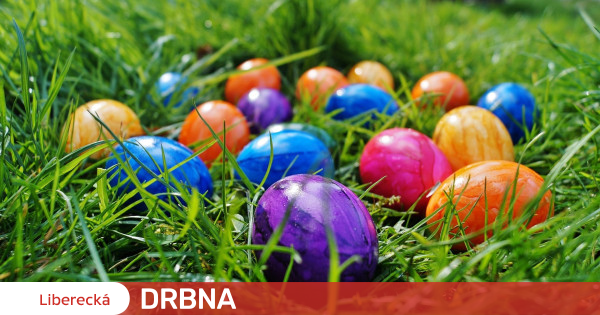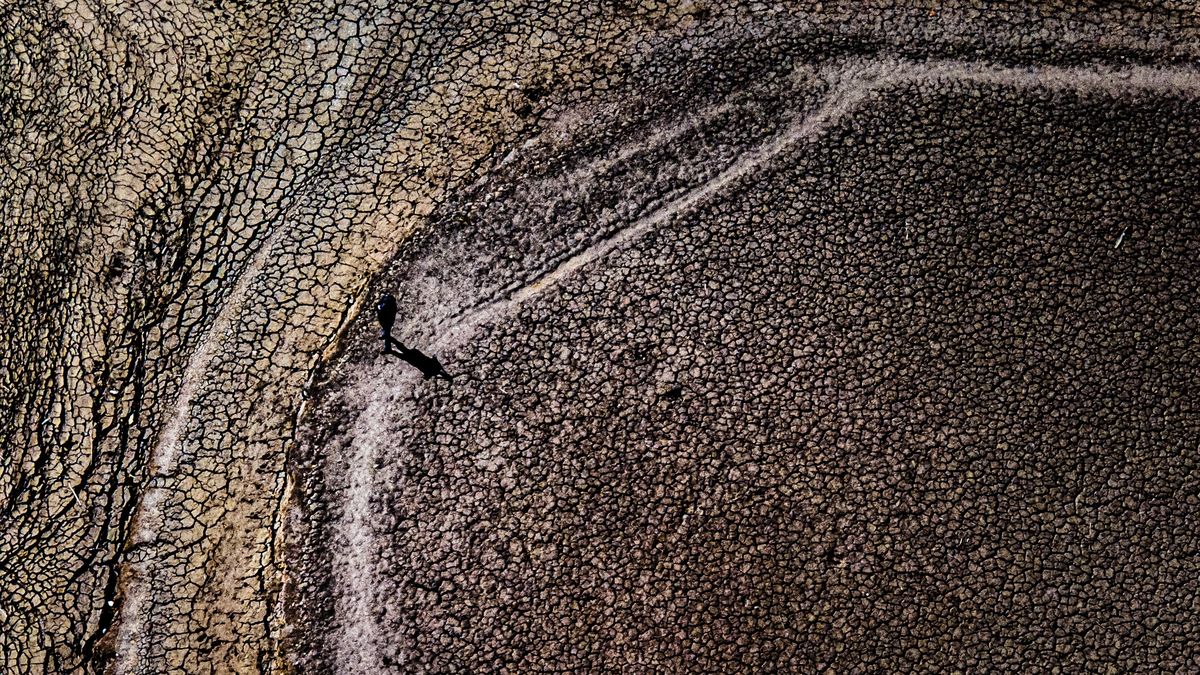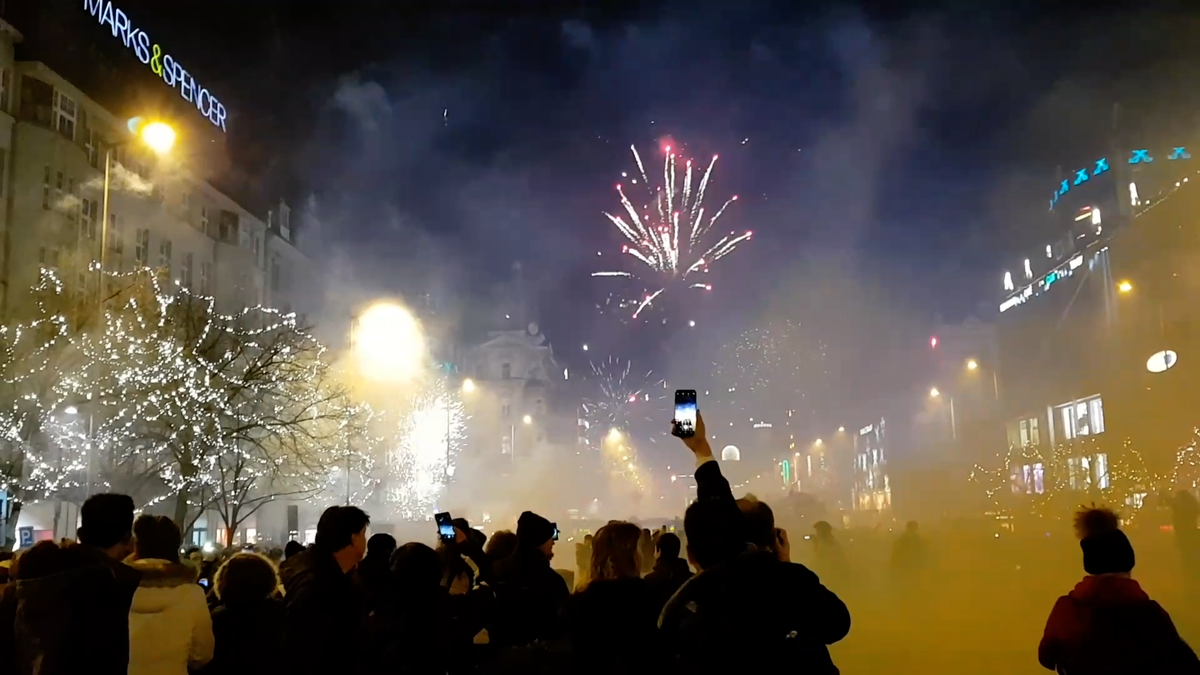According to tradition, Easter Monday belongs to both boys and girls, bachelors wait for girls in the morning and in the morning, sing carols and beat them. It should bring caresses to girls that won’t dry them out. In return, they receive Easter eggs from the girls.
This day, sometimes called Red Monday, follows only twenty-four hours after the Resurrection of the Lord. That is the second day that Christians experience in the Octave of Easter, which is the joy of weekly redemption. The octave remembers the majesty and importance of Christ’s resurrection.
Splash and pour water
In the Czech Republic, it is customary on Easter Monday to take homemade pomelos, usually made of eight to twelve willow sticks (this does not mean that boys cannot knit thicker ones) and go out to sing and throw girls from the neighborhood. . Everything is accompanied by the chanting of various Christmas carols, the most famous of which is, of course, “Feast, party, accompaniment”. But there is also a place where girls are doused with cold water.
Ten great things about Easter:
- Easter Island has nothing to do with Easter.
- In Slovakia and Hungary, on Easter, women are required to bathe in cold water, perfume or cologne and ask for an egg or a kiss.
- The tallest chocolate Easter egg was made in Italy in 2011. It is 34 meters tall and weighs more than seven tons.
- At Easter, children in Sweden dress up as Easter witches in long skirts, colorful scarves and painted red faces.
- An interesting fact is that only a handful of people start off with their feet or tail when eating the Easter Bunny. More than half of people like to taste the ear first.
- A crocheted egg or treat container is meant to symbolize a bird’s nest and new life, especially if it is filled to the brim.
- According to popular opinion, the rabbit is considered a symbol of resurrection. And that’s because he never sleeps; he has no eyelids.
- The word pomlázka comes from the word for rejuvenation and is meant to convey freshness, youth and flexibility to girls.
- The Greeks celebrate Easter in a circle with a family egg battle. The goal is to hit as many of your opponents with eggs as possible.
- Easter is the only moving holiday on the calendar and its date always falls on the first Sunday after the first spring full moon.
Squeeze or shake?
Caroling itself has different forms in each region. In some places it is called whipping or whipping, in others you will find the term “whipping”. But her goal was only one: the girls got some of the spring freshness from the willow twigs after they fluttered. Thus, the boy was “stroked” and did not dry out. In addition, the girls are always ready for the singer of songs and they receive gifts, mostly Easter eggs. In addition, the younger ones usually get something for their teeth, the older ones prefer something for the stronger ones.
And who came up with the tradition of whipping? Hard to say, but the first mention of Easter pom poms appears in the memoirs of Prague preacher Konrád Waldhauser, who lived in the 14th century. The tradition also includes taking turns in leap years, when girls have to go around beating boys.
But Easter Monday doesn’t just have traditions in the morning. For example, in the afternoon, children usually go to the village to play, where they compete for scrambled eggs. For example, an egg is bumped against an egg, and whoever breaks it first has to give their egg to the winner. They also raced on an inclined surface “on the valbiska”. In the evening, everyone is having fun in the pub with good music.

“Certified bacon geek. Evil social media fanatic. Music practitioner. Communicator.”







